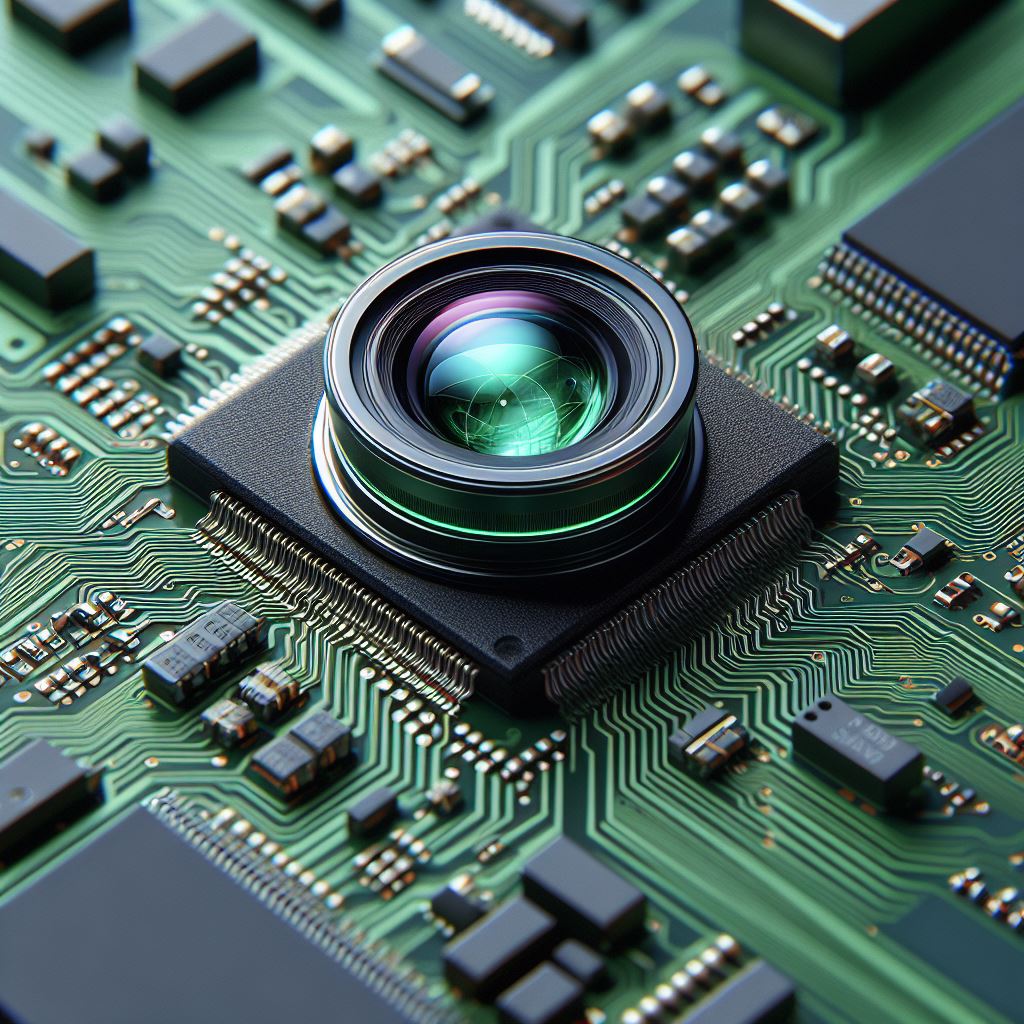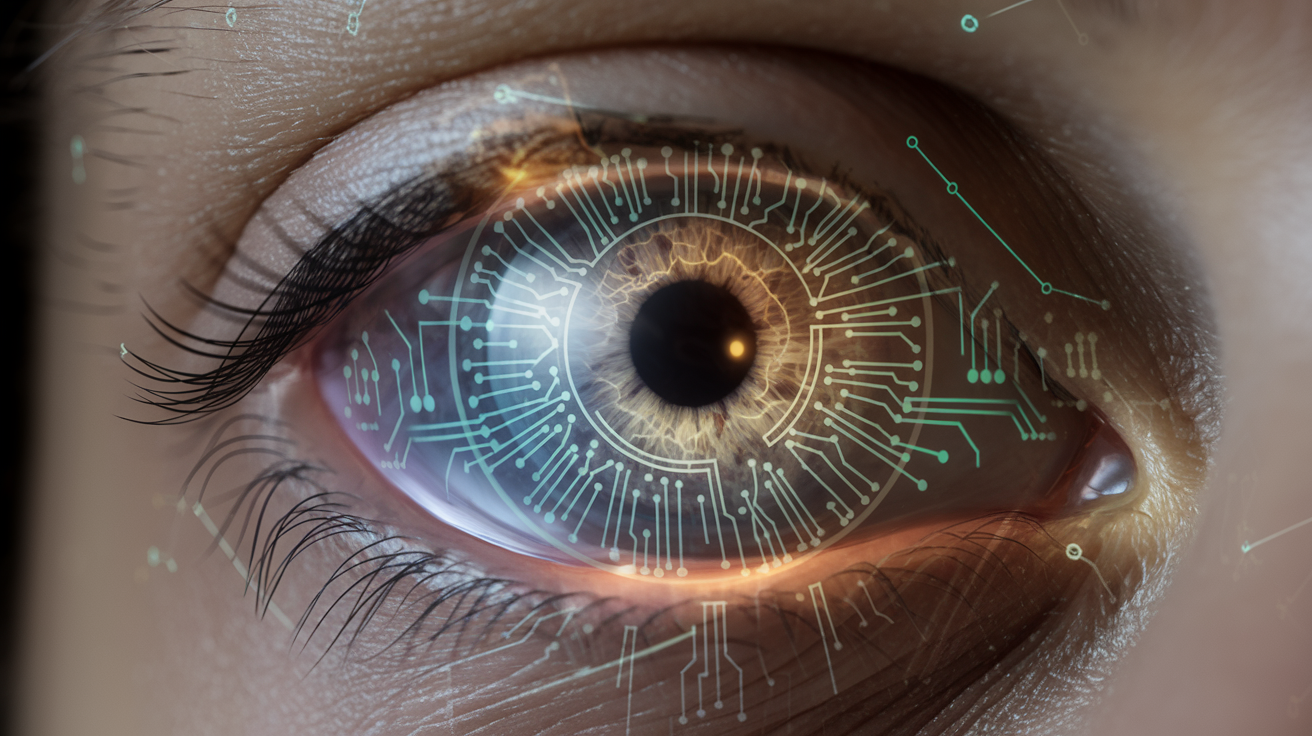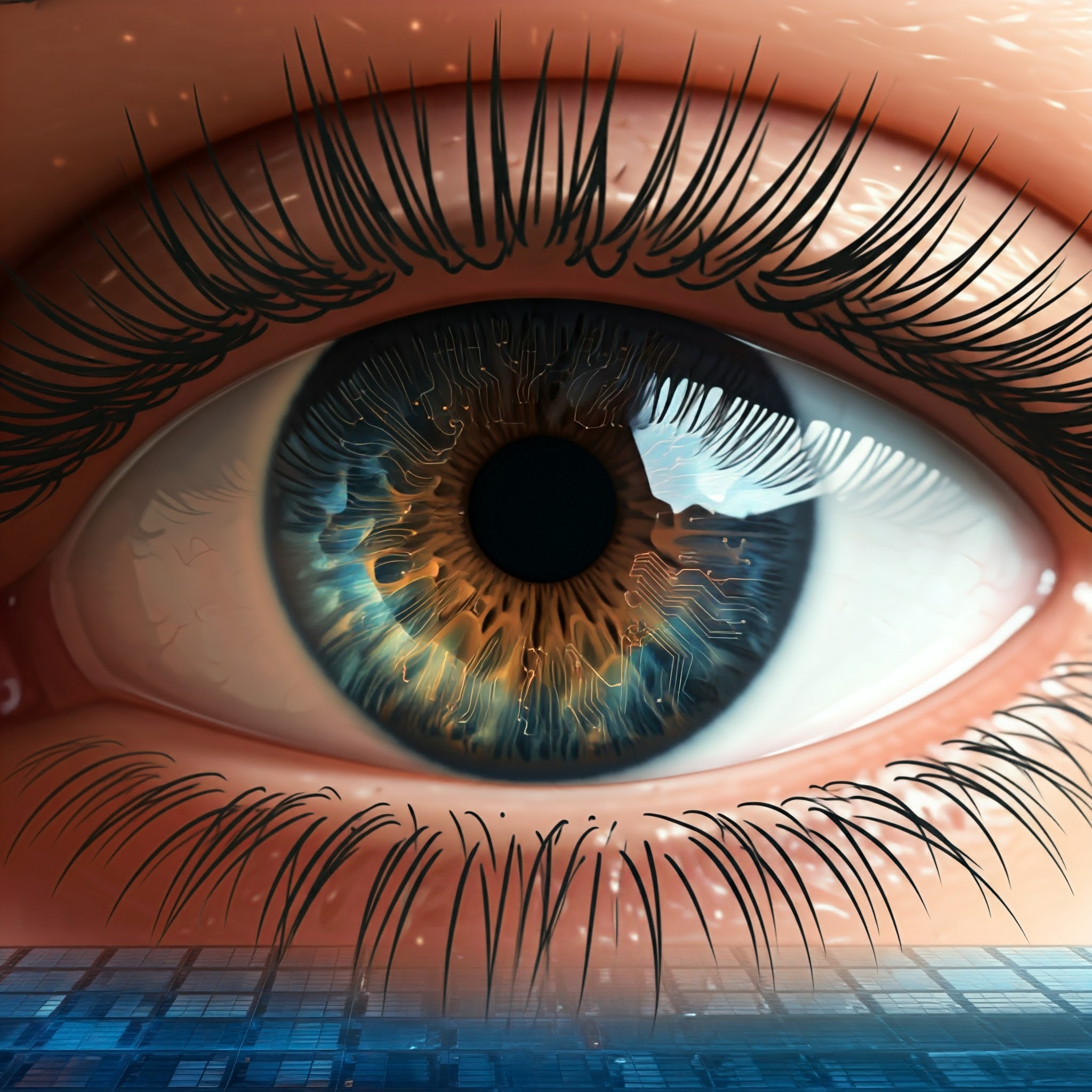The human eye is a marvel of biological engineering, processing visual information with unmatched efficiency and adaptability. Now, imagine replicating its capabilities in silicon. That’s the promise of neuromorphic imaging, a revolutionary approach to eye tracking inspired by the human visual system.
Beyond Conventional CMOS:
CMOS image sensors have been the workhorses of eye tracking, but their limitations are becoming apparent. Conventional CMOS sensors capture light indiscriminately, requiring complex algorithms to extract relevant gaze data. This can be computationally expensive and susceptible to errors, especially in low-light conditions.
Enter Neuromorphic Imaging:
Neuromorphic imaging takes a different approach. Inspired by the structure and function of the human retina, these sensors mimic the way our eyes process visual information. They contain specialized pixels that pre-process data at the sensor level, filtering out irrelevant information and focusing on key features like edges and motion.
Research papers like “A Bio-Inspired Spiking Neural Network for Real-Time Eye Tracking with a Neuromorphic Vision Sensor” (IEEE Transactions on Neural Networks and Learning Systems, 2023) demonstrate how neuromorphic sensors can achieve high accuracy and low latency eye tracking, even in challenging lighting conditions. This paves the way for more robust and efficient eye tracking applications.
Advantages of a Bio-Inspired Approach:
Neuromorphic imaging offers several advantages over traditional CMOS sensors for eye tracking:
- Reduced Computational Load: By pre-processing data on the sensor itself, neuromorphic sensors require less computational power, making them suitable for real-time applications and mobile devices.
- Improved Low-Light Performance: The bio-inspired design allows neuromorphic sensors to function effectively in low-light conditions, where conventional sensors struggle.
- Enhanced Noise Resilience: Similar to the human eye, neuromorphic sensors are more resilient to noise and interference, leading to more reliable gaze data.
The Future of Eye Tracking:
While still in its early stages, neuromorphic imaging holds immense potential for the future of eye tracking. Research like “A Scalable Neuromorphic Processor for Real-Time Gaze Estimation and Attention Tracking” (IEEE Transactions on Circuits and Systems I: Regular Papers, 2022) explores the development of dedicated processors that can efficiently handle the data streams from neuromorphic sensors, further unlocking their capabilities.
Beyond Eye Tracking:
The applications of neuromorphic imaging extend beyond eye tracking. This technology has the potential to revolutionize various fields, including:
- Autonomous vehicles: Neuromorphic sensors can mimic the way human eyes perceive depth and motion, leading to safer and more efficient self-driving cars.
- Robotics: By replicating the human visual system, robots can interact with the environment more naturally and intelligently.
- Brain-computer interfaces: Neuromorphic sensors could provide a more natural and efficient way to connect brains and computers.
The Human Touch:
While neuromorphic imaging offers exciting possibilities, it’s crucial to remember that the human eye is irreplaceable. The human visual system is not just about capturing light; it’s also about interpretation, emotion, and context. The true power of eye tracking lies in combining the efficiency of neuromorphic sensors with the unique capabilities of the human mind.
By mimicking the human visual system, neuromorphic imaging is poised to take eye tracking to new heights, opening doors for more immersive, intuitive, and intelligent interactions with the world around us. The future looks bright, and it’s all thanks to the power of the human eye and its ingenious silicon counterpart.




